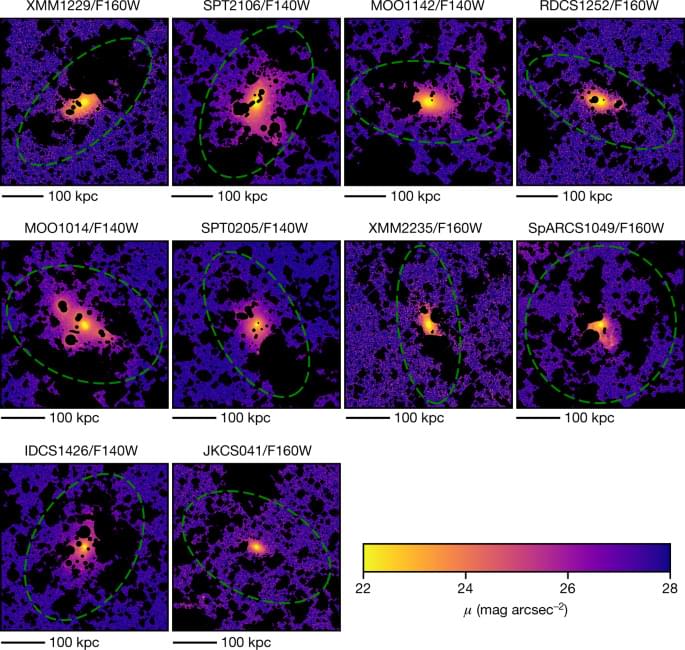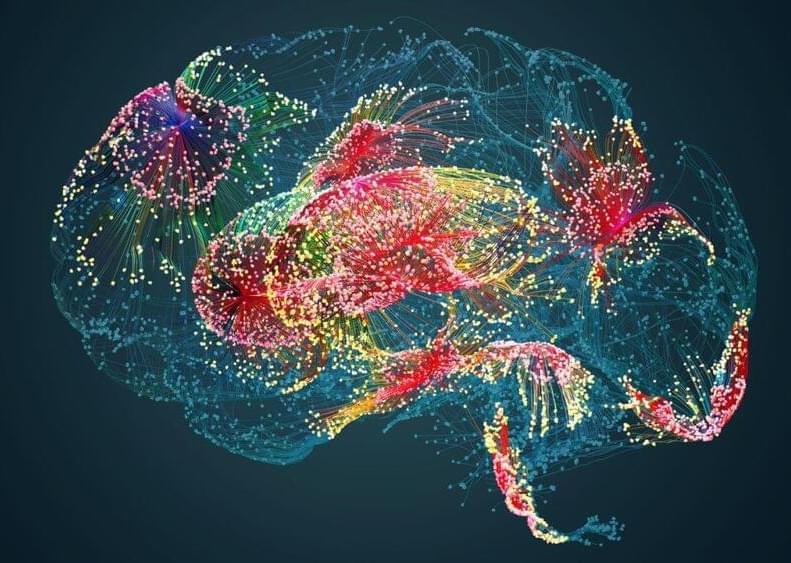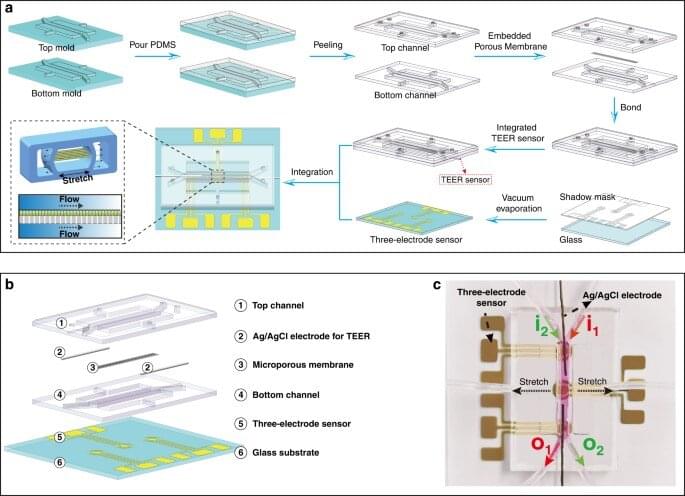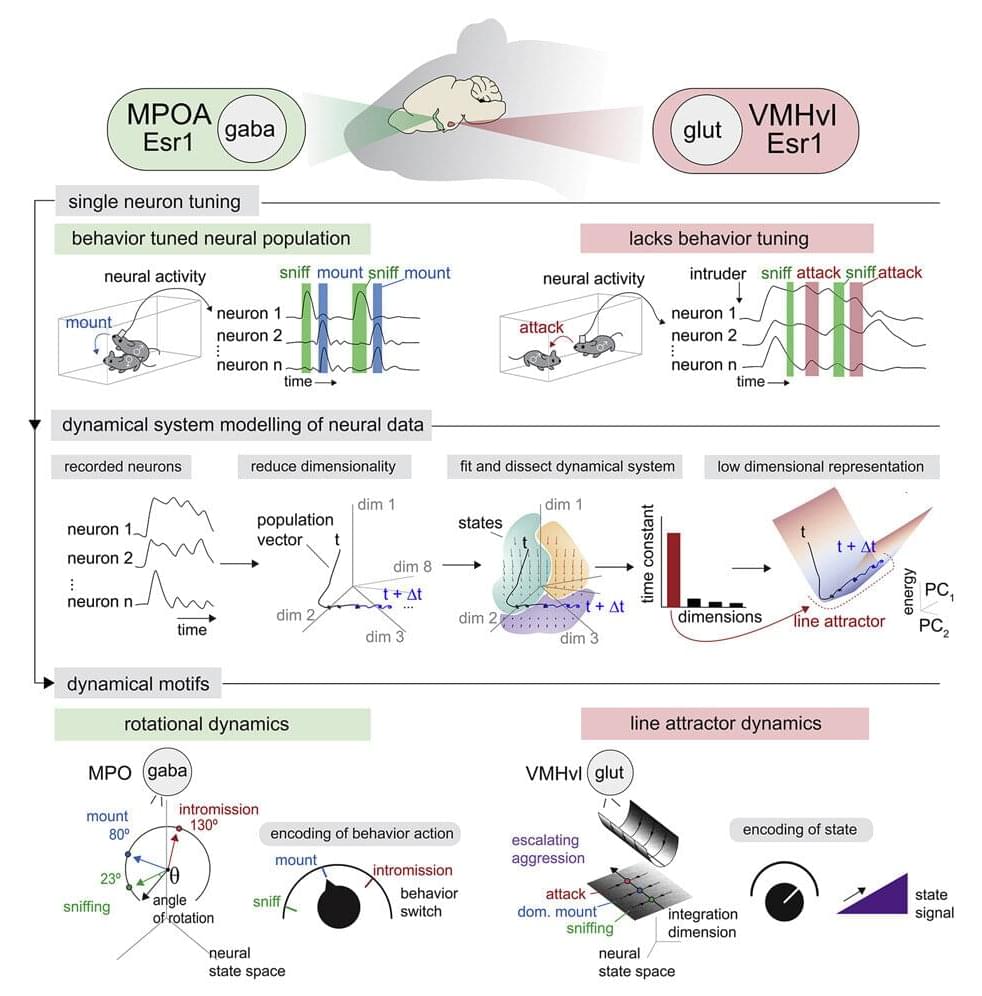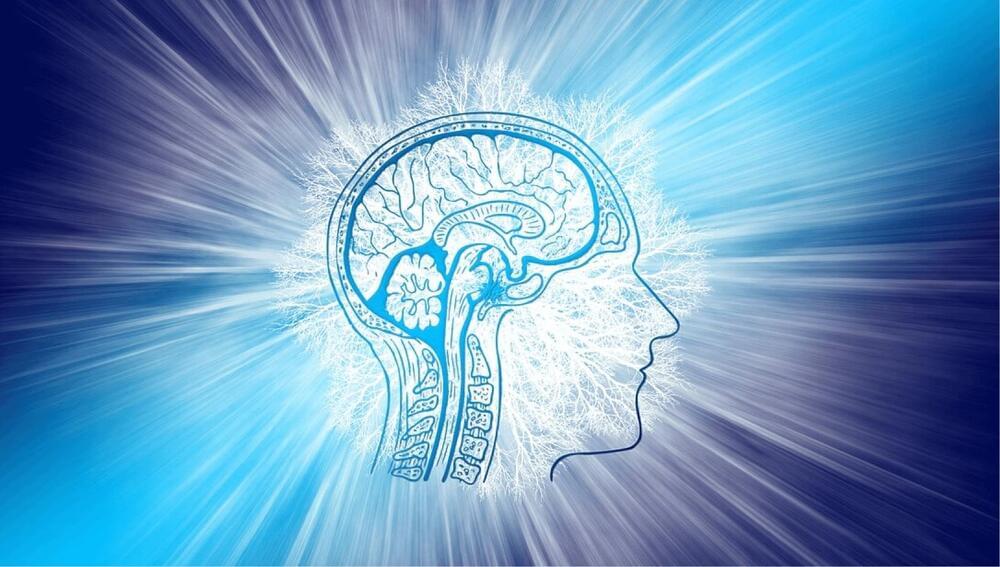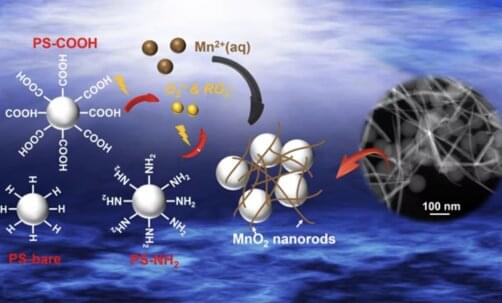Page 3632
Jan 9, 2023
Intracluster light is already abundant at redshift beyond unity
Posted by Shubham Ghosh Roy in category: space
A study of intracluster light (ICL) in ten high-redshift galaxy clusters finds evidence that gradual stripping may not be the dominant mechanism of ICL formation, but may occur alongside the formation and growth of the brightest cluster galaxies, and/or accretion of preprocessed stars.
Jan 9, 2023
Humans’ big-brain genes may have come from ‘junk DNA’
Posted by Shubham Ghosh Roy in categories: biotech/medical, neuroscience
Jan 9, 2023
Meta researchers create AI that masters Diplomacy, tricking human players
Posted by Shubham Ghosh Roy in categories: entertainment, robotics/AI
On Tuesday, Meta AI announced the development of Cicero, which it claims is the first AI to achieve human-level performance in the strategic board game Diplomacy. It’s a notable achievement because the game requires deep interpersonal negotiation skills, which implies that Cicero has obtained a certain mastery of language necessary to win the game.
Even before Deep Blue beat Garry Kasparov at chess in 1997, board games were a useful measure of AI achievement. In 2015, another barrier fell when AlphaGo defeated Go master Lee Sedol. Both of those games follow a relatively clear set of analytical rules (although Go’s rules are typically simplified for computer AI).
Jan 9, 2023
Investigating the intestinal transport of mercury ions with a gut-on-a-chip device
Posted by Saúl Morales Rodriguéz in categories: biotech/medical, chemistry, engineering, life extension
The transport of mercury ions across intestinal epithelial cells can be studied for toxicology assessments by using animal models and static cell cultures. However, the concepts do not reliably replicate conditions of the human gut microenvironment to monitor in situ cell physiology. As a result, the mechanism of mercury transport in the human intestine is still unknown.
In a new report now published in Nature Microsystems and Nanoengineering, Li Wang and a research team in mechanical engineering and regenerative medicine in China developed a gut-on-a-chip instrument integrated with transepithelial electrical resistance (TEER) sensors and electrochemical sensors.
They proposed to explore the dynamic concept to simulate the physical intestinal barrier and mirror biological transport and adsorption mechanisms of mercury ions. The scientists recreated the cellular microenvironment by applying fluid shear stress and cyclic mechanical strain.
Jan 9, 2023
Pioneering machine learning technique on the hypothalamus gives insight into nature of aggression
Posted by Saúl Morales Rodriguéz in categories: habitats, robotics/AI
Have you ever been cut off while driving and found yourself swearing and laying on the horn? Or come home from a long day at work and lashed out at whoever left the dishes unwashed? From petty anger to the devastating violence we see in the news, acts of aggression can be difficult to comprehend. Research has yielded puzzling paradoxes about how rage works in the brain. But a new study from Caltech, pioneering a machine-learning research technique in the hypothalamus, reveals unexpected answers on the nature of aggression.
The hypothalamus is a brain region linked to many innate survival behaviors like mating, hunting, and the fight-or-flight response. Scientists have long believed that neurons in the hypothalamus are functionally specific—that is, certain groups of neurons correlate to certain specific behaviors. This seems to be the case in mating behavior, where neuron groups in the medial preoptic area (MPOA) of the hypothalamus, when stimulated, cause a male mouse to mount a female mouse. These same neurons are active when mounting behavior occurs naturally. The logical conclusion is that these neurons control mounting in mice.
But when looking at the analogous neurons that control aggression in another part of the hypothalamus, the VMHvl, researchers found a different story. These neurons could be stimulated to cause a male mouse to attack another male mouse, yet they did not show specific activity when the same neurons were observed in naturally fighting mice. This paradox indicated that something distinct was happening when it came to aggression.
Jan 9, 2023
Where is intelligence in the brain?
Posted by Shubham Ghosh Roy in category: neuroscience
The specific regions responsible for “smartness” are still unknown. It is clear that there is no single site of intelligence.
Jan 9, 2023
Why IAM’s identity-first security is core to zero trust
Posted by Shubham Ghosh Roy in category: security
Check out all the on-demand sessions from the Intelligent Security Summit here.
The faster attackers can gain control over human or machine identities during a breach attempt, the easier it becomes to infiltrate core enterprise systems and take control. Attackers, cybercriminal gangs and advanced persistent threat (APT) groups share the goal of quickly seizing control of identity access management (IAM) systems.
Impersonating identities is how attackers move laterally across networks, undetected for months. IAM systems — in particular, older perimeter-based ones not protected with zero-trust security — are often the first or primary target.
Jan 9, 2023
Nanoplastics unexpectedly produce reactive oxidizing species when exposed to light
Posted by Saúl Morales Rodriguéz in categories: chemistry, engineering, particle physics
Plastics are ubiquitous in our society, found in packaging and bottles as well as making up more than 18% of solid waste in landfills. Many of these plastics also make their way into the oceans, where they take up to hundreds of years to break down into pieces that can harm wildlife and the aquatic ecosystem.
A team of researchers, led by Young-Shin Jun, Professor of Energy, Environmental & Chemical Engineering in the McKelvey School of Engineering at Washington University in St. Louis, analyzed how light breaks down polystyrene, a nonbiodegradable plastic from which packing peanuts, DVD cases and disposable utensils are made. In addition, they found that nanoplastic particles can play active roles in environmental systems. In particular, when exposed to light, the nanoplastics derived from polystyrene unexpectedly facilitated the oxidation of aqueous manganese ions and the formation of manganese oxide solids that can affect the fate and transport of organic contaminants in natural and engineering water systems.
The research, published in ACS Nano on Dec. 27, 2022, showed how the photochemical reaction of nanoplastics through light absorption generates peroxyl and superoxide radicals on nanoplastic surfaces, and initiates oxidation of manganese into manganese oxide solids.
Jan 9, 2023
New nanowire sensors are the next step in the Internet of Things
Posted by Saúl Morales Rodriguéz in categories: biotech/medical, computing, internet, nanotechnology
A new miniscule nitrogen dioxide sensor could help protect the environment from vehicle pollutants that cause lung disease and acid rain.
Researchers from TMOS, the Australian Research Council Center of Excellence for Transformative Meta-Optical Systems have developed a sensor made from an array of nanowires, in a square one fifth of a millimeter per side, which means it could be easily incorporated into a silicon chip.
In research published in the latest issue of Advanced Materials, Ph.D. scholar at the Center’s Australian National University team and lead author Shiyu Wei describes the sensor as requiring no power source, as it runs on its own solar powered generator.

